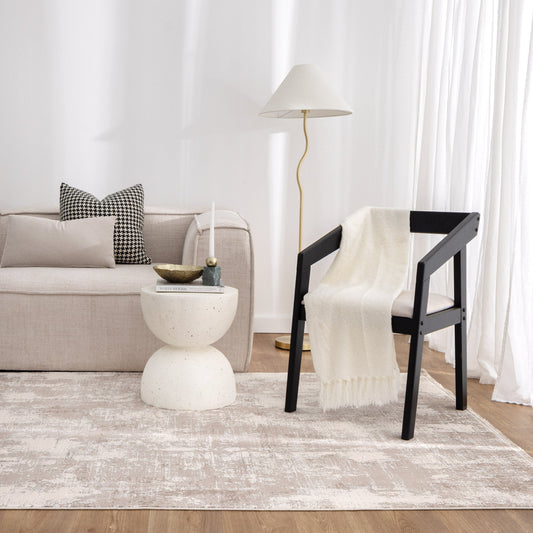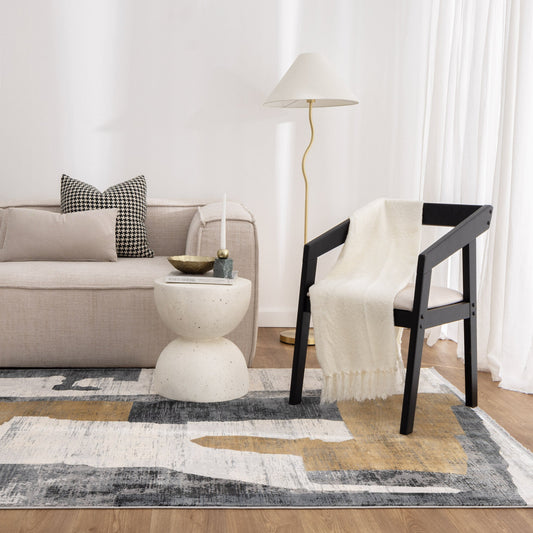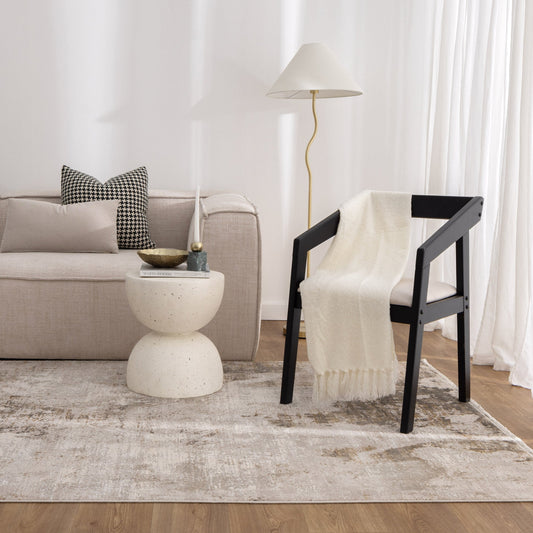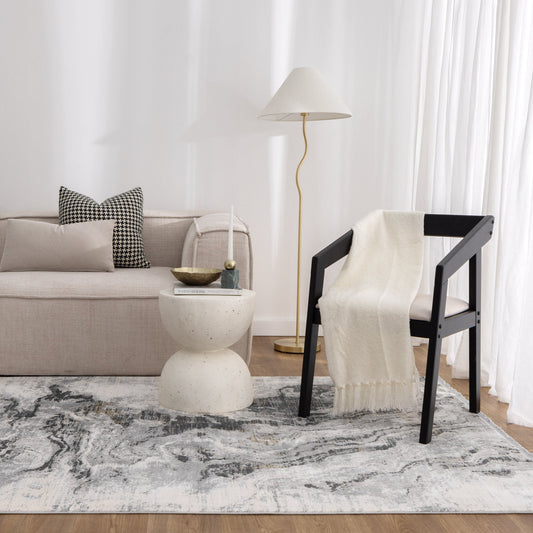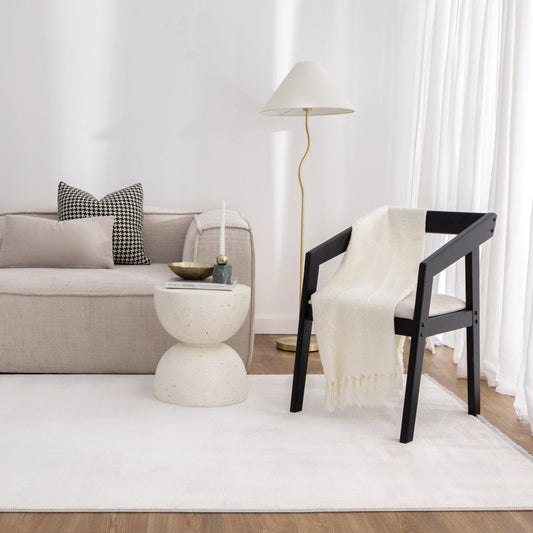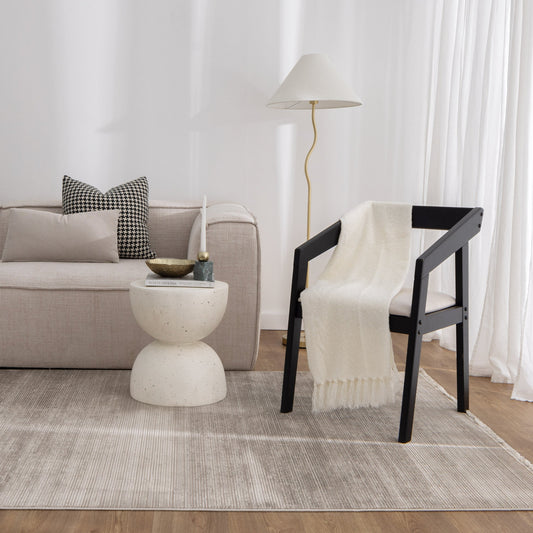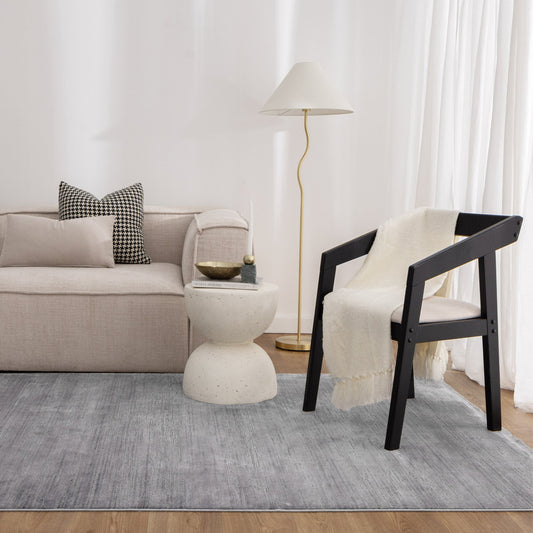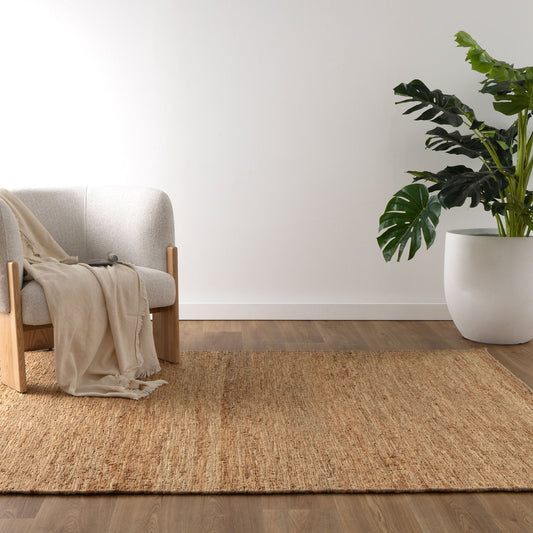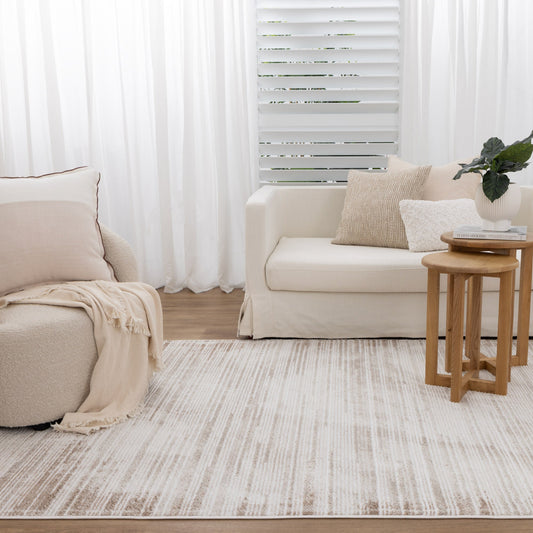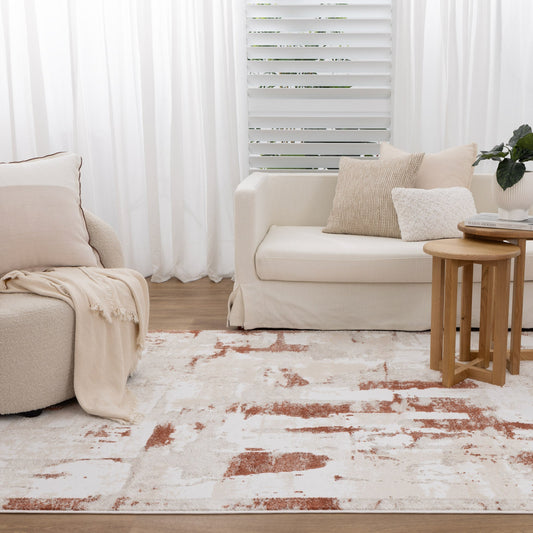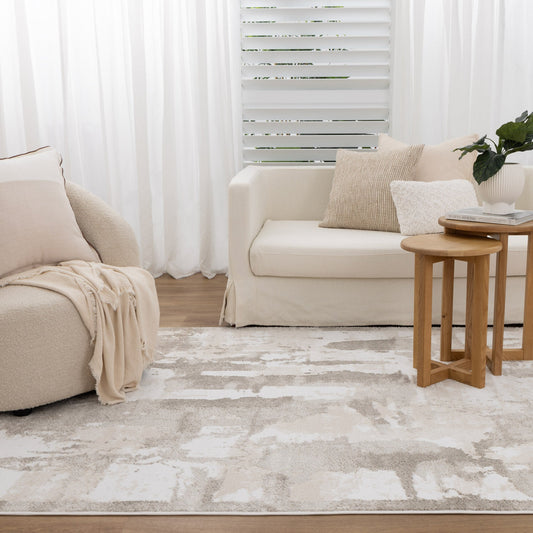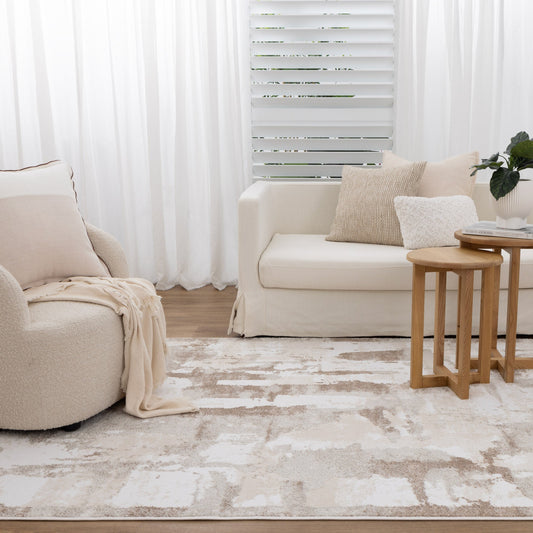When you step into a room adorned with a traditional weave rug, you're not just seeing a piece of decor — you're witnessing a tapestry of history, culture and meticulous craftsmanship.
Traditional rug making is an age-old art form that involves an intricate process of selecting materials and applying time-honoured techniques. In this blog post, we’ll take you behind the scenes to explore the materials and methods used to create these beautiful rugs.
The art of traditional rug making
Traditional rug making is more than just a craft; it’s a testament to human ingenuity and artistic expression. Each rug tells a story through its patterns, colours and textures, reflecting the culture and traditions of its place of origin. To truly appreciate these masterpieces, let’s delve into the materials and techniques that make traditional rugs so unique.
Essential materials in traditional rug making
The materials used impact the rug's durability, texture, aesthetic appeal and cultural significance. The careful selection and combination of these materials ensure that each rug is a durable and exquisite piece of art, capable of lasting generations while retaining its charm and elegance.
Wool: the heart of traditional weave rugs
Wool is the most commonly used rug material due to its durability, elasticity and natural sheen. Sheep wool, in particular, is prized for its softness and strength, making it an ideal choice for the warp (the foundation threads) and the weft (the threads woven through the warp).
- Benefits of wool — Wool is naturally stain-resistant, flame-retardant and has excellent insulating properties.
Silk: the luxury option
Silk is a rug material often used in high-end pieces. Known for its lustrous finish and fine texture, silk adds an element of luxury and sophistication to any rug.
- Benefits of silk — Silk’s sheen and ability to hold vibrant dyes make it perfect for intricate designs and detailed patterns.
Cotton: the strong foundation
Cotton is commonly used for the warp threads in traditional rugs due to its strength and stability. It provides a firm foundation that helps maintain the rug’s shape over time.
- Benefits of cotton — Cotton is strong, versatile and easily dyed, making it an essential component in many traditional rugs.
Bringing colour to life with dyes
The colours in traditional rugs come from natural dyes made from plants, minerals and insects. These dyes provide rich, vibrant hues and ensure the rug’s colours age beautifully over time.
Different rug making techniques
Making a traditional rug is a process that combines various time-honoured techniques passed down through generations. These methods are integral to producing the intricate patterns and durable structures that define these exquisite pieces.
Each technique requires immense skill and patience, showcasing the artistry and dedication of the craftspeople involved.
-
Weaving is the foundational technique in traditional rug making. It involves interlacing the warp and weft threads to create the rug’s base structure.
- Different looms, such as horizontal and vertical looms, are used depending on the rug’s origin and the weaver’s preference.
- Various patterns, including plain weave, twill weave and complex tapestry techniques, are employed to achieve different textures and designs.
-
Knotting is a rug making technique used to create the pile of the rug, which gives it its thickness and texture. Each knot is tied by hand, making this a labour-intensive process.
- The two most common types of knots are the Persian knot (asymmetrical) and the Turkish knot (symmetrical). Each knotting style contributes to the rug’s overall durability and design detail.
- The quality and intricacy of a rug are often measured by the number of knots per square inch (KPSI). A higher KPSI indicates a more detailed and labour-intensive rug.
Embellishments and finishing touches
After weaving and knotting, the rug undergoes several finishing processes to enhance its appearance and durability.
- Shearing — This process involves trimming the pile to a uniform height, giving the rug a smooth surface.
- Washing — Rugs are washed to remove impurities and set the dyes, ensuring vibrant and stable colours.
- Fringing and binding — The rug's edges are finished with fringes or bindings to prevent unravelling and add to the overall aesthetic.
Appreciating the craftsmanship
Understanding the materials and techniques involved in traditional rug making allows us to appreciate the artistry and dedication behind each piece. These rugs are not just floor coverings but are woven stories of cultural heritage and skilled craftsmanship.
Discover the artistry of traditional rugs today with Mayne Rugs & Flooring
Traditional rug making is a true art form, from selecting wool rugs or silk to the intricate techniques of weaving and knotting. Explore our diverse collections at Mayne Rugs & Flooring, including Afghan and kids' rugs, to find the perfect piece that resonates with your style and appreciation for the artisanal craft.
By understanding and valuing the artistry of traditional rug making, we can continue to support and preserve this timeless craft for future generations. Browse our collection and shop today.


